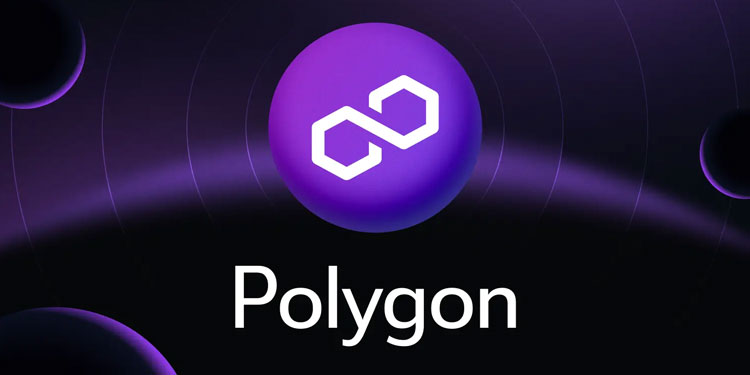
Alchemy’s report says that the successful airdrops of Optimism and Arbitrum in the first quarter of 2023 may have helped linked assets grow. Also, the use of smart contracts for layer 2s went up by 160 percent compared to the first quarter of 2022, even though it went down by 30 percent compared to the fourth quarter of 2022.
Layer 2s have been suggested as a solution to Ethereum’s scaling problem, which has caused gas fees to be ridiculously high since at least 2020. By letting more deals happen outside of the main Ethereum network, layer 2s can cut the costs of blockchain interactions by a large amount. Because of this, more and more people are turning to these new growth options.
This trend can be seen in the Ethereum community as a whole, with developers becoming more interested in the first quarter of 2023. A study by Alchemy says that Ethereum software development kits (SDKs) like Ethers.js, Web3.js, Hardhat, and Web3.py were downloaded 1.9 million times in the first quarter of 2023. This is a rise of 8% from the same time in 2022. Every month of the first quarter, more people downloaded the MetaMask SDK, which is used to make apps that work with the MetaMask Ethereum wallet.
As issues like the UST depegging and the FTX crash scared away many investors in 2022, trading volume and prices on the crypto market fell by a huge amount. Even though people thought these new growth methods were bad, they were still used a lot.
Some experts say that sharding the Ethereum network will also lower gas fees, even though layer 2s have shown to be a good way to make Ethereum more scalable. Sharding is the process of breaking up the Ethereum network into smaller, easier-to-manage pieces. This lets more transactions be processed at the same time. In the end, it’s possible that a mix of answers will be needed to fix Ethereum’s scaling problems and keep up with growing demand.